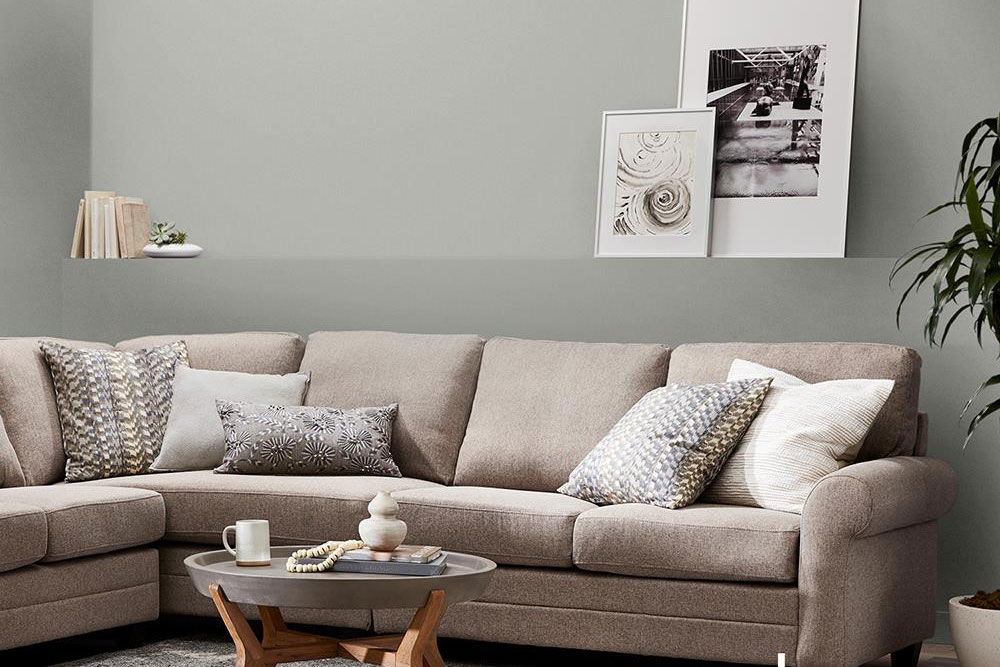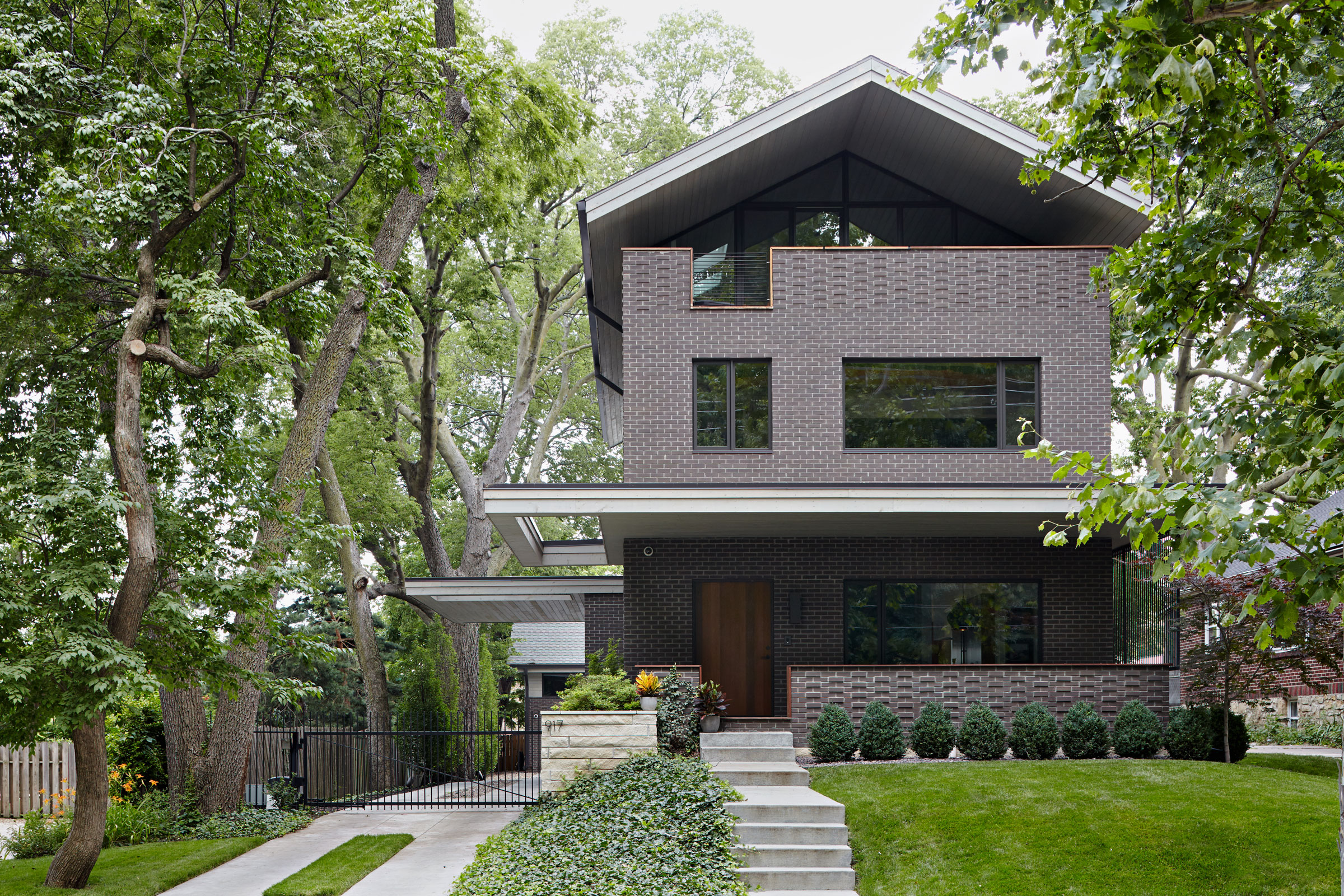Story at a glance:
- VOCs can be harmful to your health, and they can be found off-gassing throughout most homes.
- Concentrations of many VOCs are consistently higher indoors than outdoors.
- Opening the windows and installing the right air filters are great places to start.
Your carpet, your paint, even your clothes—you could be breathing in VOCs and not even know it. The American Lung Association says breathing VOCs can irritate the eyes, nose, and throat, cause difficulty breathing and nausea, and damage the central nervous system as well as other organs. Some VOCs can even cause cancer. But how to reduce VOCs in the home? And what are VOCs, exactly?
The EPA defines VOCs, or volatile organic compounds, as the gases emitted from certain solids or liquids. VOCs include a variety of chemicals, some of which may have short- and long-term adverse health effects. Concentrations of many VOCs are consistently higher indoors (up to 10 times higher) than outdoors, and you might be surprised by how common they are.
The EPA says many household products contain VOCs—from paints, cleansers, and wood preservatives to many hobby supplies and even dry-cleaned clothing. For decades VOCs were all too common in many building materials and furnishings, though more and more design teams are making conscious efforts toward greener designs.
Here are seven tips for how to reduce VOCs in the home.
1. Open the windows.

Photo courtesy of Western Window Systems
It starts simple. Anyone can open a window, and according to the experts, it really does help.
Don’t take your indoor air quality for granted. “We’re starting to understand the complexity between low concentrations of various gases, and we’re starting to understand that even bioeffluents have an impact on us,” Nick Agopian, vice president of sales and marketing for RenewAire, previously told gb&d.
Make it easy on yourself and beautify your home at the same time by installing energy-efficient windows. Check out Western Window Systems, whose innovative door systems and windows include inspiring picture windows and easy to open multi-slide door systems.
2. Use nontoxic paint.

Valspar’s Signature paint is one of this brand’s low/no VOC offerings. Photo courtesy of Valspar
Nontoxic paints are technically those that contain VOCs in a concentration of less than 50 grams per liter. Brands like Clare offer bright and lasting color that is safe for interior spaces.
VOCs from interior paints continue to off-gas for months or even years after the fresh paint smell disappears. When you can, opt from products made from natural materials and ingredients, such as nontoxic paint.
Compared to traditional paint, VOC levels are reduced in all varieties of nontoxic paints. The federal government has capped VOCs levels to 250 grams per liter for the flat finish paints and 380 grams per liter for glossy and other finishes. Low-VOC paints, on the other hand, comply with California’s South Coast Air Quality Management District’s limit of 50 grams per liter for all finishes, and perform well, according to Consumer Reports.
3. Change your air filters.
While opening that window helps increase ventilation, the CDC says that easy step combined with using air filters and turning on fans will help clear out virus particles in your home faster.
The USGBC recognizes the importance of high-quality air filtration by awarding LEED points for HVAC systems using MERV 13 or higher filters, according to Michael Bruce, of Filtration Group. In a previous article for gb&d, Bruce wrote: “For even more demanding applications, HEPA and ULPA filters are able to remove at least 99.97% of sub-2.5-micron particles. For locations where nuisance odors need to be removed (like restaurants and hotels), gas phase filters use activated carbon to remove the volatile organic compounds that cause many unwanted smells. Targeted gas phase filters can even be used to remove specific unwanted gases like the formaldehydes in diesel exhaust with the addition of impregnated chemistry to the activated carbon.”
The CDC says pleated filters are more efficient than ordinary furnace filters and can be found in hardware stores. They advise that they be installed initially within the HVAC system by a professional.
4. Toss unused paints and similar products.
The EPA advises you do not store opened containers of unused paints and similar materials.
Potentially hazardous products often have warnings aimed at reducing exposure of the user. For example, if a label says to use the product in a well-ventilated area, go outdoors or in areas equipped with an exhaust fan to use it. Otherwise, open up windows to provide the maximum amount of outdoor air possible.
5. Consider brick.

This private residence uses Glen-Gery brick. Photo by Mike Sinclair
For new construction or even renovation, you might consider avoiding VOCs by using brick masonry, which is inherently non-VOC emitting.
According to the Brick Industry Association, since brick masonry can be used on the interior of a building, serving as structure and/or a finish without the need for paints or coatings, the VOCs avoided result in improved indoor air quality.
“Brick masonry is an inherently non-emitting material and meets VOC criteria without any special testing, unlike other finish materials. So homeowners can literally breathe easier knowing the air they breathe is healthier,” wrote Tim Leese, director of marketing for Glen-Gery, a premier brick and stone manufacturer in the US, in a previous article for gb&d.
6. Use water-borne finishes.

Photo courtesy of Bona
Waterborne finishes cure faster and are also low in VOCs, reducing harm on the environment.
“While floor sealers protect floors by penetrating into the pores of the flooring material, the floor finish provides a protective surface layer that is the first line of defense against floor damage. Additionally, floor finishes are available in a range of sheens from extra matte to glossy that will enhance the final look of the floor,” said Dave Darche of Bona US in a previous submission to gb&d.
7. Check your humidity.
Medical experts also advise you to keep both the temperature and relative humidity as low as possible or comfortable in your home, as chemicals off-gas more in high temperatures and humidity.




